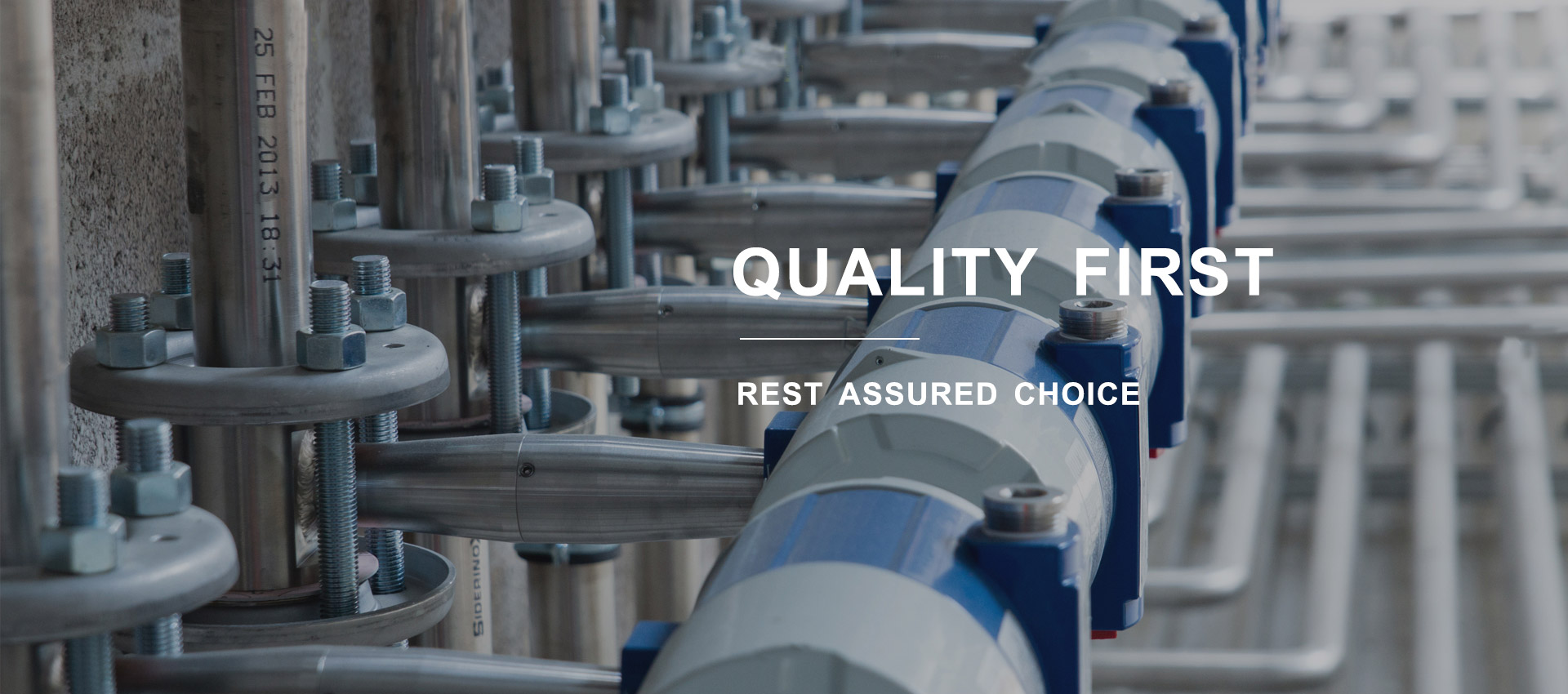

Different Types of Self-Drilling Screws and Their Applications for Various Projects
Nov . 07, 2024 13:00 Back to list
Different Types of Self-Drilling Screws and Their Applications for Various Projects
Understanding Self-Drilling Screw Types
Self-drilling screws are essential fasteners used in various construction and manufacturing applications due to their efficiency and effectiveness. Unlike traditional screws, self-drilling screws have a drill bit point that eliminates the need for pre-drilling a pilot hole, allowing for faster installation and reduced labor costs. This article explores the different types of self-drilling screws, their applications, and characteristics to help you choose the right one for your project.
Types of Self-Drilling Screws
1. Type A General Purpose Self-Drilling Screws Type A self-drilling screws are widely used for fastening thin materials like metal and plastics. They have a pointed end that efficiently creates a hole as they are driven into the substrate. Typically, these screws are used in applications such as roofing, siding, and HVAC installations. Their versatile design makes them suitable for general-purpose use in various environments.
2. Type B Self-Drilling Screws for Heavy Materials Type B screws are designed specifically for thicker materials, including heavy-gauge steel and heavier sheets. Featuring a longer drill point, these screws can penetrate robust materials without splitting. They are commonly used in structural applications, such as steel framing, where strength and durability are paramount. The larger head size also provides better torque, making it easier to drive into dense materials.
3. Type C Self-Drilling Screws for Wood and Steel Type C screws are unique because they can be used in both wood and steel applications. They typically have a sharp point designed to drill through thin wood and metal materials. These screws are particularly effective for joining wood to metal or creating connections in structures where both materials are present. Their versatility makes them a favored choice among builders and carpenters alike.
4. Type D Self-Tapping Screws Although not a true self-drilling screw, Type D screws (often called self-tapping screws) also deserve mention. These screws create their own thread in pre-drilled holes within a wide range of materials. They are particularly useful in plastic and softer metals, where the risk of splitting is high. The ability to tap their own threads allows for a strong grip, making them a reliable option in various applications.
self drilling screw types

5. Specialty Self-Drilling Screws In addition to the standard types, there are numerous specialty self-drilling screws designed for specific tasks. For example, screws with a corrosion-resistant coating are ideal for outdoor applications, while those with unique thread patterns may offer heightened resistance against pull-out forces.
Applications of Self-Drilling Screws
Self-drilling screws are ubiquitous in construction and manufacturing. They are commonly used in metal roofing systems, siding panels, and HVAC ductwork, making them indispensable in building projects. Their ability to securely join materials quickly and easily contributes to faster construction timelines and overall project efficiency.
Moreover, self-drilling screws are utilized in automotive, aerospace, and appliance manufacturing due to their reliability. They can withstand high levels of stress and offer enhanced structural integrity, essential features in demanding environments.
Conclusion
When choosing a self-drilling screw, understanding the specific requirements of your project is crucial. The type of material you are working with, the environmental conditions, and the required strength will dictate the best screw type to use. With various options available, self-drilling screws provide a solution that combines efficiency, strength, and versatility, making them a go-to choice for professionals across industries. Whether you are a seasoned contractor or a DIY enthusiast, knowing about these screws will ensure you select the right one for your needs, contributing to the success of your project.
Latest news
-
High-Strength Hot Dip Galvanized Bolts - Hebei Longze | Corrosion Resistance, Customization
NewsJul.30,2025
-
Hot Dip Galvanized Bolts-Hebei Longze|Corrosion Resistance&High Strength
NewsJul.30,2025
-
High-Strength Hot-Dip Galvanized Bolts-Hebei Longze|Corrosion Resistance&High Strength
NewsJul.30,2025
-
Hot Dip Galvanized Bolts-Hebei Longze|Corrosion Resistance&High Strength
NewsJul.30,2025
-
Hot Dip Galvanized Bolts - Hebei Longze | Corrosion Resistance, High Strength
NewsJul.30,2025
-
High-Strength Hot Dip Galvanized Bolts-Hebei Longze|Corrosion Resistance, Grade 8.8
NewsJul.30,2025

